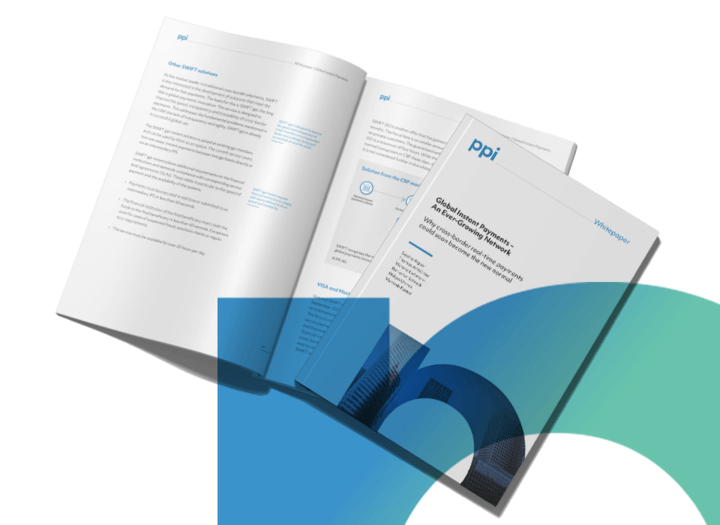The current modest number of users of SEPA instant payments is likely to skyrocket soon, as the corresponding offers will become mandatory for financial institutions in the foreseeable future. However, real-time credit transfers in this context only work in the euro area; funds transfers across its borders are still slow, non-transparent and expensive. But the topic of cross-border instant payments is also gaining momentum. There are now numerous projects both on the government and private side with the objective of transferring means of payment cross-border and in real time. Our whitepaper "Global Instant Payments – An Ever-Growing Network" provides an overview of the current status.
- Open the searchbox
- Consulting Consulting
Consulting
- Consulting Consulting
- Cross-Border & High-ValueCross-Border & High-Value
- T2 (TARGET2)
- SWIFT gpi
- SWIFT MX
- Global Instant PaymentsGlobal Instant Payments
- Domestic PaymentsDomestic Payments
- Retail PaymentsRetail Payments
- Processes & IT ArchitectureProcesses & IT Architecture
- Regulatory Requirements
- Trends
- Cross-Border & High-Value
- Consulting
- Products Products
Products
Banking Solutions
Insurance Solutions
- Products Products
- Banking Solutions Banking Solutions
- Insurance Solutions Insurance Solutions
- Products
- Technology & Operations
- About PPI About PPI
- Company Company
- Corporate GroupCorporate Group
- Corporate Social ResponsibilityCorporate Social Responsibility
- Compliance Centre
- Corporate Group
- Touchpoints
- Company
- EN


